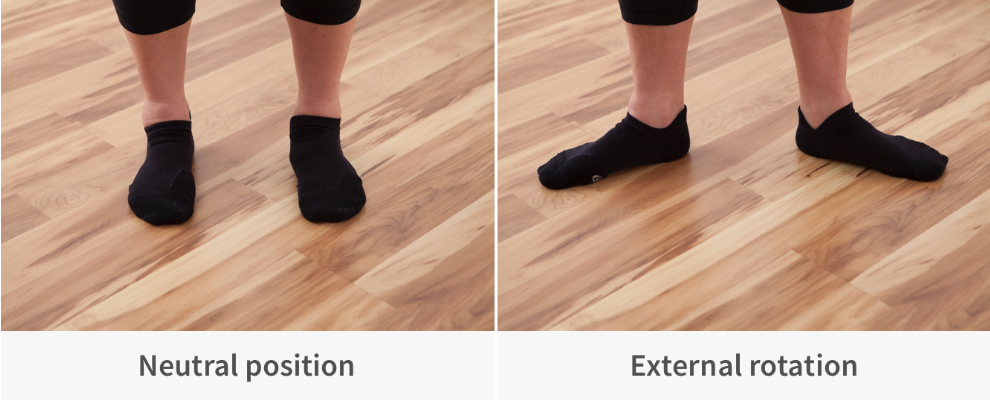How to Conduct a Postural Assessment to Improve your Vitality
One of the simplest ways to experience better vitality and more energy within your body is to work on your breathing and your posture. Your breathing and posture work together to help your body function as a well-coordinated system. When you maintain good posture and pay attention to your breath, your body movements should feel smooth and natural.
In this article, we'll go over how to conduct a postural assessment to look at how well you currently move. You'll learn about the core movements that will be involved in virtually every exercise you do. We'll give you the tools to assess how you're positioning your body, and what you should focus on to improve your posture in your daily life. We'll also go over small improvements you can make in your day-to-day that will enhance your posture and improve overall vitality.
By the end of this article, you'll know your body's baseline, and how to move forward to increase your vitality long term.
Assess Your Breathing
It might not seem like there are different ways of breathing. However, the way you breathe has a significant impact on how you sit, stand, and move your body. If you can master the art of breathing, you can regain control of how your body moves and feels.
To assess your breathing, you need to take a look at what your breath looks like.
Most people have a tendency to breathe either from their belly or from their chest. Breathing exclusively from your chest, over breathing, or slightly holding your breath can have adverse effects on your body. A few of the most critical implications of not breathing properly include an unbalanced nervous system, restricted airways, and low energy.
The Right Way to Breathe
The key to balanced breathing starts by breathing in through your nose and moving the breath through your chest, toward your belly. Try to inhale for 2-3 seconds and exhale for 3-4 seconds. When you're breathing, take a 2-3 second pause in between breaths, and check that your posture is upright to ensure that the air has the most direct path through your chest.
Creating a regular habit of paying attention to your breath can bring a lot of awareness on the way you breathe, and help you establish better breathing habits.
Assessing Your Posture
Simply put, your posture is how you align your body in any given position. If you're not actively aware of your posture, it can be easy to fall into a habit of using posture that is damaging to your body. A simple way to assess your posture is to take inventory of how you position your feet, hips, and pelvis throughout your day. Conducting a postural assessment will give you an idea of your starting point and what you can work on to improve your posture, and the overall vitality of your body.
Assess your Hip/Foot Rotation
How your feet are rotated when you are standing upright has an impact on the posture of your hips. The positioning of your feet also goes beyond just your posture. There are millions of nerves in your feet that send signals all throughout your body. Poor foot positioning can impact your neck, back and even organ function as it impedes on your overall posture.
Assess what your current foot and hip rotation looks like. You want to be as close to a neutral rotation as possible, meaning that your feet sit parallel to each other. As you pay closer attention to your foot rotation, you might start to notice that you stand with slightly more external rotation. This exercise is intended to help bring continued awareness to the way that you position your feet and hips and how it impacts your overall posture.
Foot positioning
Whereas foot and hip rotation refers to how your feet point when standing, your foot positioning is about how your feet sit on the ground. Most people stand in one of four ways:
Tripod foot, which means you stand with both feet flat on the ground
Standing with the weight placed on the outside of your foot
Putting the pressure on the inner edge of the foot
Placing the weight on the front of your foot, partially on your toes
Make it a habit to pay attention to how you are standing and how you are distributing your weight on your feet. Ideally, you should be standing with tripod feet, within both feet planted firmly on the ground for maximum balance and weight distribution.
Pelvic Positioning
The last time to pay attention to is how you position your pelvis. An ideal pelvic position requires that you stand up right, shoulders back, chest out, with your belly button in towards your spine. Sometimes throughout the day, you might notice your pelvis extending or shifting forward and your back slightly arching. Remember, this assessment is meant to increase awareness around how you hold your body. Once you're aware of the way you hold your body, you can start making small tweaks to improve your posture and breath.
When you identify the restrictions and pain points in your body, you'll be able to work on healing those restrictions and moving more freely. By identifying and labeling where you feel tightness, pain, and reduced range of motion, you'll be able to reconnect your mind-to-muscle awareness and implement steps to increase vitality. This assessment is just the first step to creating long-lasting habits that will help you feel better in your body.
Articles courtesy of Precision Nutrition USA.





